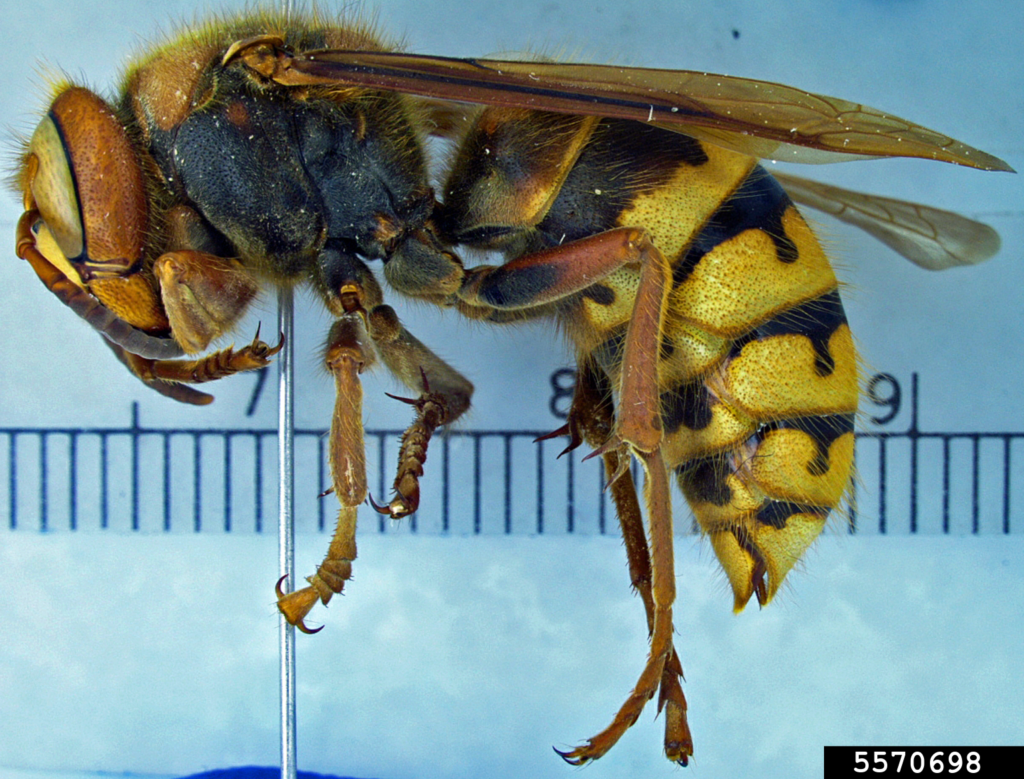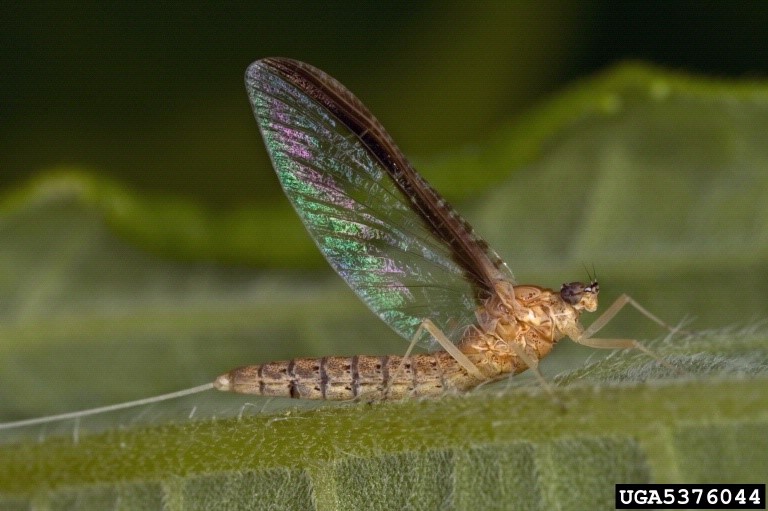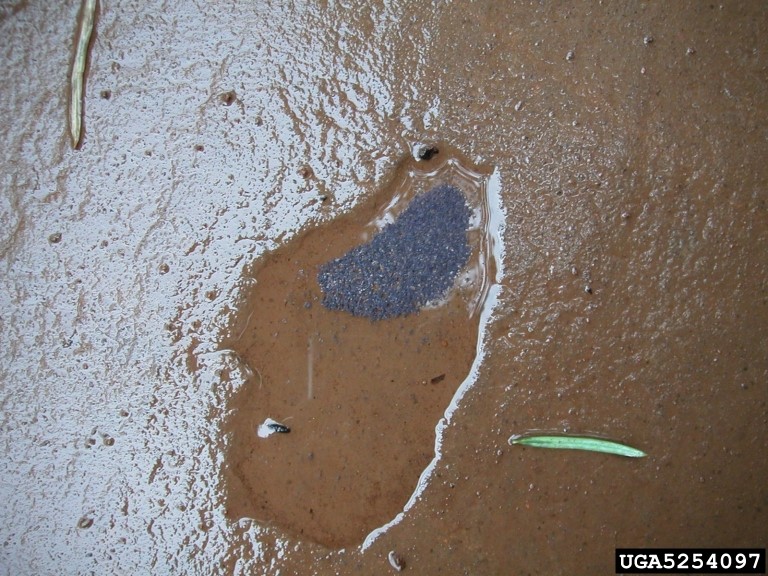Insects
-
As spring brings warmer temperatures and the dormant world begins to wake, we’re seeing all sorts of plant an animal activity in our yards. If you’re one of the many homeowners noticing small sawdust piles appearing on your wooden porch or around your home, take note as this is a sure sign that you have…
Posted in: Insects -

As summer wanes and autumn falls into the forefront we begin adjusting to the change in season. Pumpkin spice flavored coffees and treats abound, seasonal décor finds its way into our homes, and with the first hint of cooler weather we pull out our fall attire. One might even say that there is an instinctual…
Posted in: Insects -

Few pests elicit as much anxiety and frustration from pasture and hayfield owners than knowing fall armyworms (FAW) are on the march. These pests can quickly devour a field of fescue, pearl millet, forage mixes, and lawns, and then disappear, leaving little left for growers to salvage. As the name implies, this is a fall…
Posted in: Insects -

Over the past few weeks I’ve been contacted by several North Georgians who are concerned over some very large flying insects. They’re not bees and they’re not yellow jackets or paper wasps, so what are they? After reviewing pictures or a sample that a brave individual brought into my office, I was able to conclude…
-

With as much rain as we’ve been having, you can bet that mosquitoes are going to be multiplying at a much higher rate, as these insects are dependent upon the presence of water to complete their life cycle. Knowing the different stages of the mosquito’s life cycle will help you prevent mosquitoes around your home…
-

The emergence of “Brood X” exceeded expectations in North Georgia, as those of us who happened to reside in the “cicada zone” observed droves of periodical cicadas emerging in huge numbers. Over the past month, the song of male periodical cicada has faded and we’re seeing less and less of these fascinating insects. When it…
-

Yesterday while walking with my faithful companions Susie Q and Maggie Mae, I was admiring the signs that spring has sprung. Cast an eye into the woods and you’ll see a horde of ferns pushing their way through the leaf litter, dogwoods decorate the wood line, gracing us with their delicate blooms, and songbirds are…
-

Between all the cold, rainy weather and intermittent bouts of snow we’ve been having in North Georgia, February has put on a good show of bringing us some classic winter weather. However, despite this month’s average temperatures, I’m beginning to see phenological signs of spring everywhere. Phenology refers to the timing of key biological events…
Posted in: Insects -

The New Year has started out with some intriguing client questions, with a number of them involving calls and emails from folks who have found tiny insects by the thousands covering their driveways, sidewalks, and carports. At first glance many people assume the colored mass is some type of mold or fungal growth; however, when…
-

Georgia farmers are never surprised to see fall armyworms munching on their stands of corn, sorghum and forage hay crops – they just hope for a low number of armyworms. UGA Extension Entomologist, Will Hudson, describes fall armyworms as the “larval or caterpillar stage of a nondescript, small gray moth which overwinters in Florida and…